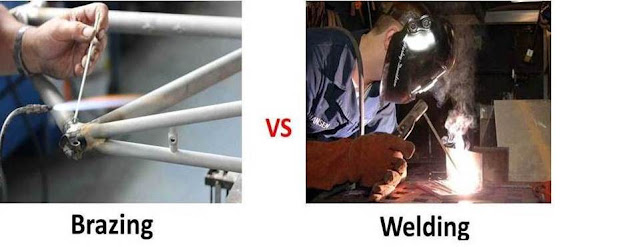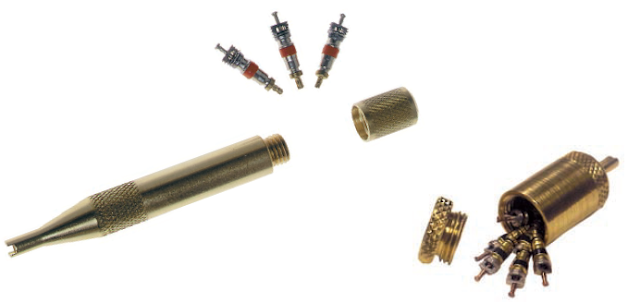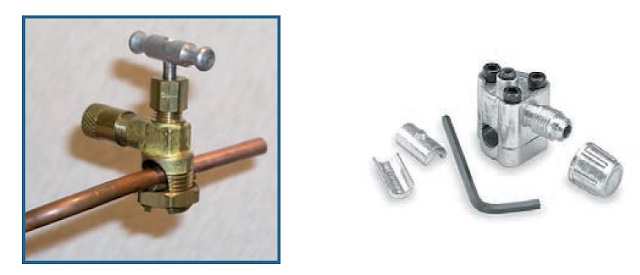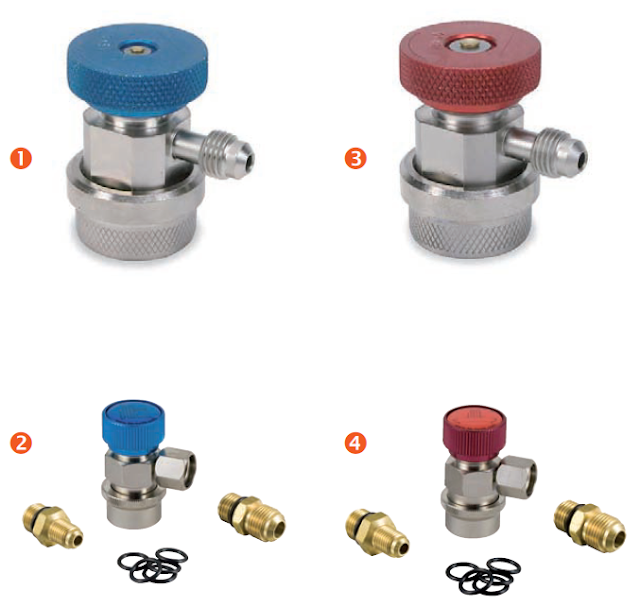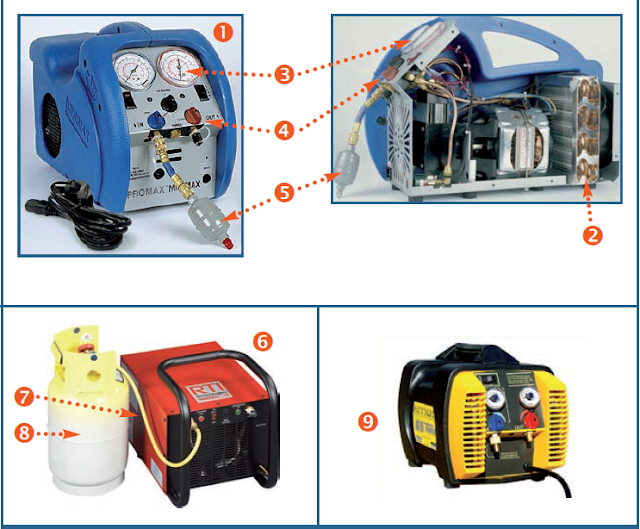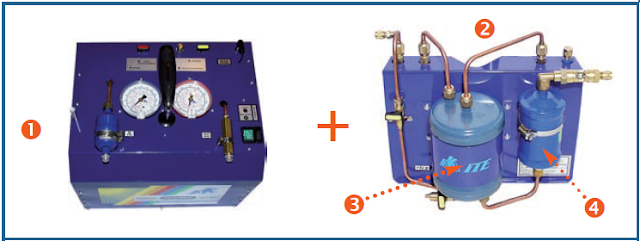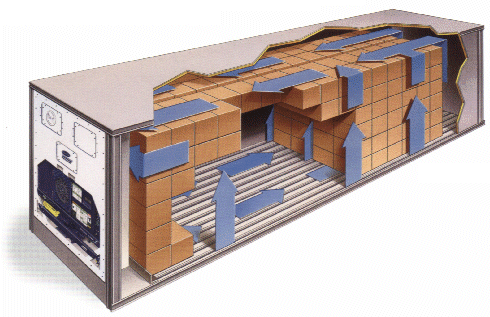Formula
X = (Y – T – W) / L
Where
X = Length of lap area
Y = Safety factor desired
T = Tensile strength of weakest member
W = Thickness of weakest member
L = Shear strength of brazing filler metal
Example
What length of lap is needed to join 1.5 mm annealed Monel
sheet to a metal of equal or greater strength?
Solution
Y = 2 (desired safety factor for the assembly)
T = 482.6 MPa (tensile strength of annealed Monel sheet)
W = 1.5 mm
L = 172.4 MPa (arbitrary value for the average brazing
filler metal)
Result
X = (2 – 482.6 – 1.5) / 172.4 = 8.4 mm (length of lap)
















